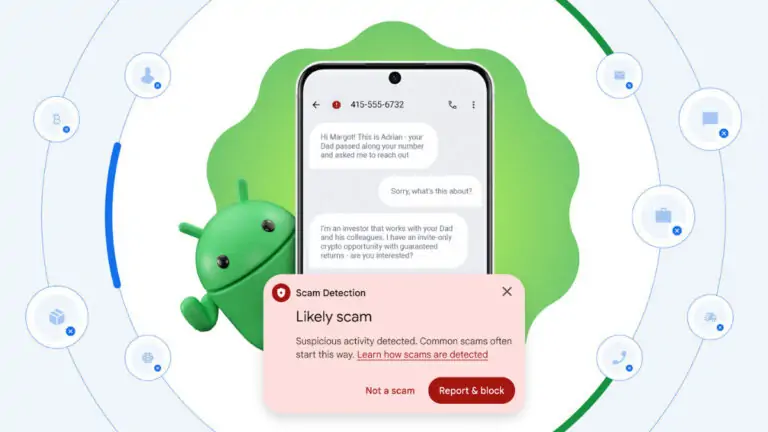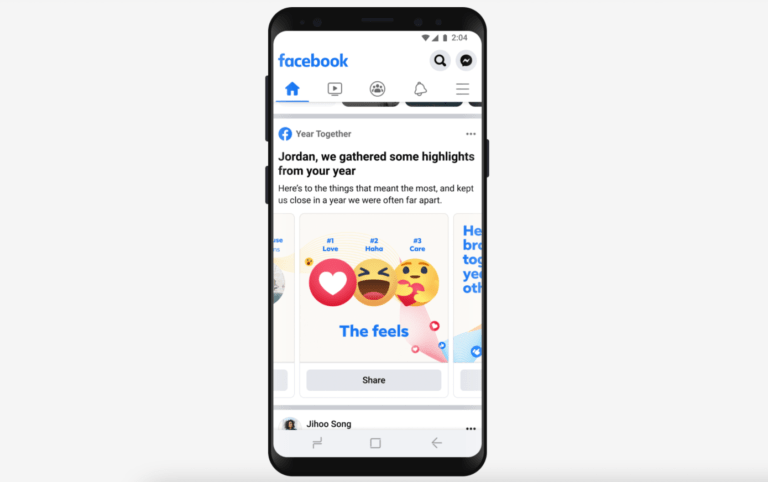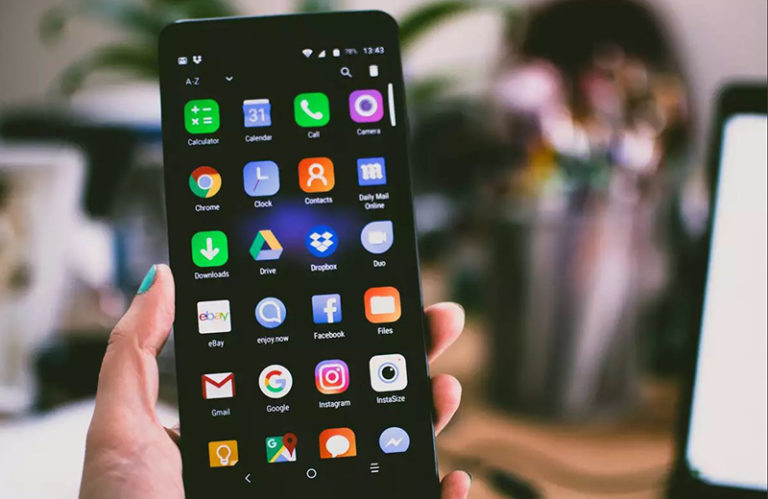Twitter found a way to show users more ads
Twitter says it’s going to test a new ad format and placement on its platform. On Wednesday, Twitter Revenue Product Lead Bruce Falck said Twitter would begin showing ads on mobile devices inside conversation threads after the first, third and eighth replies.
While the company stopped short of confirming the change would be permanent, it did say it would experiment with the formula to best determine the insertion points and layouts that made the most sense.
Twitter also said it would consider making the display of the ads something creators would opt into, rather than forcing them to accept ads in their threads. In that case, creators would also see a share of ad revenue, Twitter said.
The company historically has struggled to grow its user base by significant numbers, meaning it’s had to get more creative with maximizing the revenue it’s able to extract from its existing users. Over the past year or so, that’s led to a deluge of new products, like audio chat rooms, ticketed events, creator tools, subscriptions, virtual tipping and much more. In time, Twitter wants to make good on its promise to investors that it will be able to double its revenue from $3.7 billion in 2020 to $7.5 billion or more in 2023, and grow its user base to 315 million monetizable daily users.
Though most of its new products are in the early phases of testing, Twitter has not yet had a runaway hit. For example, third-party data indicated recently Twitter’s new creator platform called Super Follow had only generated around $6,000 in its first two weeks live in the U.S. and Canada, or perhaps a bit more ($12,400 during 17 days in September, according to a second firm’s analysis). Regardless of which numbers are closer to the truth, it’s clear that there’s not pent-up demand for creator subscriptions just yet.
Meanwhile, Twitter has yet to bring its new premium product, the Twitter Blue subscription, to its biggest markets, including the U.S. This product includes a feature that’s as close as Twitter has ever offered to the “Edit Tweet” button users want — an “undo” option for catching typos spotted quickly.
But even with all these new features rolling out, Twitter continues to generate the majority of its revenue through ads. In July, Twitter beat Wall Street estimates on earnings by pulling in $1.05 billion in ad revenue in the quarter — a move the company attributed to the improved effectiveness of its ads, where it had introduced 2,500 new topic categories for better targeting.
“We see a big opportunity to build an ad offering that creates value and aligns incentives for creators and advertisers,” said Falck, in an announcement shared on Twitter. “As we experiment with this format over the coming months, we’ll focus on understanding how it performs and how it impacts the people and conversations around it.
We’ll test different frequencies, layouts, contextually relevant ads, different insertion points, etc. And we’ll examine our learnings and figure out if it’s something we want to make permanent. We’re excited about trying this out for our advertisers and we’re eager to explore how it could open the door for additional opportunities to reward Tweet authors and creators,” he added.
That last bit is referencing a proposed revenue share with creators whose content leads to long threads where ad placements make sense. When tweets go viral on the platform, users will often scroll down through several screens to read more of users’ responses.
This could allow Twitter to insert more ads not only near the top of the thread, as is now proposed, but further down the thread. But monetizing viral tweets like this could impact Twitter’s content and culture.
Twitter is already a place that tends to reward a sort of performative type of user — like those posting snark, jokes, angry tweets and other emotive content; tying tweets’ “virality” to creator revenue could push Twitter even further away from the genuine, thoughtful conversations the company claims it wants to host.
However, an increased ad load on Twitter could allow Twitter to offer a different product for those who hate ads enough to pay for an ad-free experience. While currently, Twitter Blue doesn’t offer an ad-blocking function, apps often offer ways for users to opt out of ads by paying instead.
This could be bundled into Twitter Blue perhaps, or even made a standalone purchase. (Twitter has not said this is under consideration, to be clear. When asked, Twitter said that is “not a part” of its plans at the moment.)
Users tend to complain when Twitter juices its ads near the ends of quarters or years, when they start appearing every few tweets in the timeline. It’s possible that a fierce enough backlash from users to these new ads — or other, negative impacts to consumer behavior on the platform — could encourage Twitter to reconsider this test.
But it’s more likely this change will move forward once Twitter lands on the right formula for layouts, placement and contextual targeting, given the company’s need to grow revenue.
Already, Twitter failed to make its “stories” product work, which could have delivered a new section on the site to run ads. But stories didn’t gain enough user adoption to make the continued investment worthwhile.
That leaves Twitter looking for other ways to monetize through ads. And showing more ads in more places seems to be the current answer.





